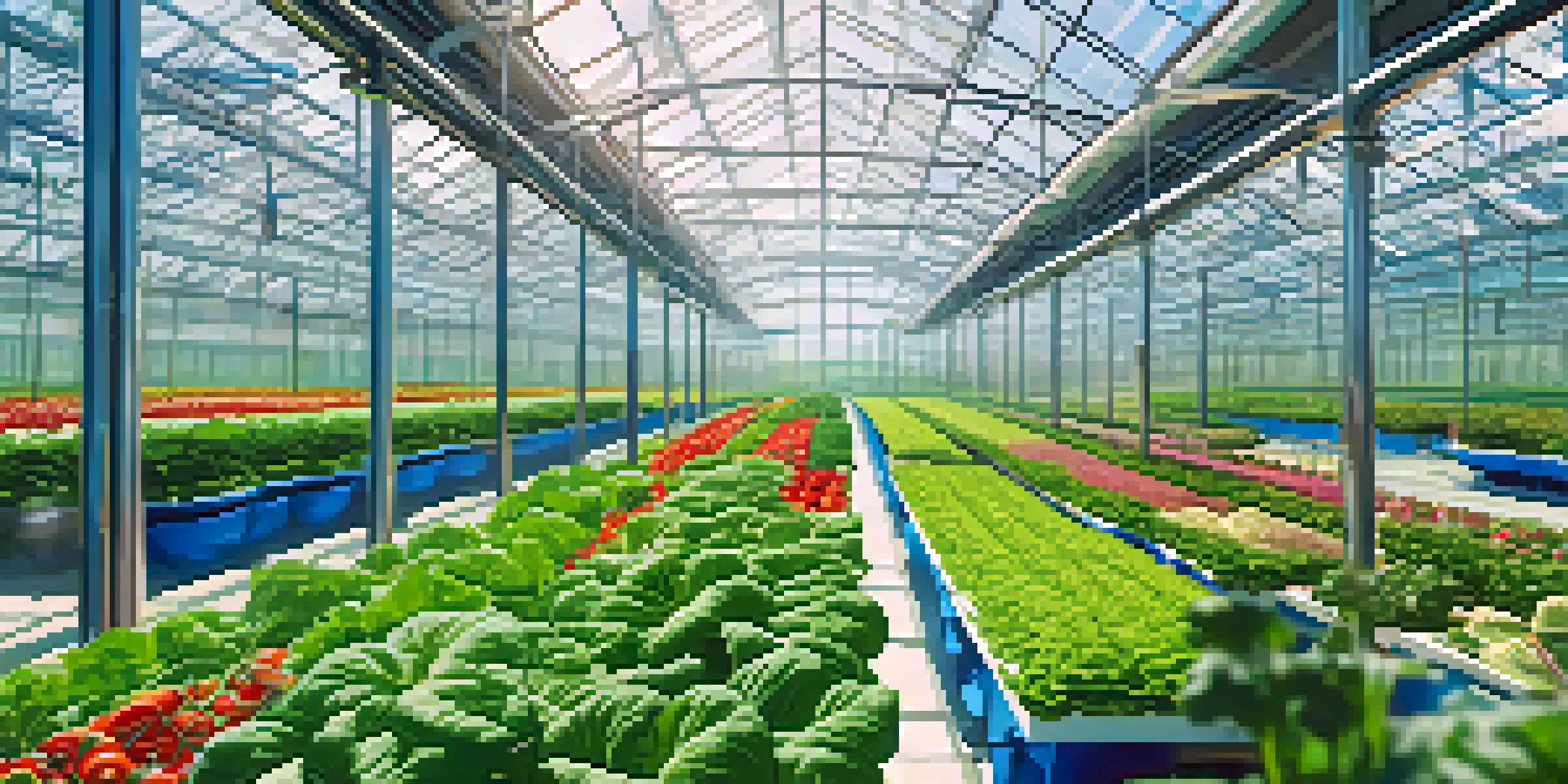Essential Nutrients for Hydroponic Plant Growth Explained

Understanding Hydroponics: A Soil-Free Revolution
Hydroponics is an innovative method of growing plants without soil, using nutrient-rich water instead. This technique allows for greater control over growing conditions, leading to healthier plants and higher yields. By eliminating soil, hydroponics also reduces the risk of soil-borne diseases, making it a cleaner and more efficient way to cultivate crops.
The Role of Macronutrients in Plant Growth
Macronutrients are the primary building blocks for plant growth, and they include nitrogen, phosphorus, and potassium. These nutrients play crucial roles in various plant functions; for instance, nitrogen is vital for leaf development, phosphorus supports root and flower growth, and potassium helps regulate water use and enzyme functions. Ensuring a balanced supply of these macronutrients is essential for thriving hydroponic systems.
Hydroponics: Soil-Free Plant Growth
Hydroponics allows for growing plants without soil, using nutrient-rich water to improve control over growing conditions and enhance yields.
Micronutrients: The Unsung Heroes of Hydroponics
While macronutrients are essential, micronutrients like iron, manganese, and zinc are equally important, albeit required in smaller quantities. These nutrients aid in processes such as photosynthesis and enzyme function, contributing to the overall health of the plant. For example, iron is crucial for chlorophyll production, which is necessary for converting sunlight into energy.
The Importance of pH Balance in Nutrient Uptake
Maintaining the right pH level in hydroponic systems is vital for optimal nutrient uptake. Most plants prefer a pH range between 5.5 and 6.5, where they can efficiently absorb nutrients. If the pH is too high or too low, it can lead to nutrient lockout, where plants are unable to access essential nutrients, ultimately affecting their growth and yield.
Macronutrients Are Essential for Plants
Key macronutrients like nitrogen, phosphorus, and potassium are crucial for plant functions and must be balanced for thriving hydroponic systems.
Water Quality: The Foundation of Hydroponic Success
Water quality is crucial in hydroponics, as it directly affects nutrient availability and plant health. Using clean, filtered water ensures that no harmful substances interfere with nutrient absorption. Additionally, regularly testing water for factors such as dissolved oxygen and electrical conductivity can help maintain an ideal environment for plant growth.
Nutrient Solutions: Finding the Right Mix
Creating the right nutrient solution is essential for hydroponic success, and it often requires a blend of various macronutrients and micronutrients. Many growers opt for pre-made solutions or customize their own based on the specific needs of their plants. Understanding the growth stage of your plants can help you adjust the nutrient mix accordingly, promoting healthy development.
Sustainable Future with Hydroponics
Hydroponics presents a sustainable farming alternative, using less water and space while contributing to urban food security.
Monitoring Plant Health: Signs of Nutrient Deficiency
Recognizing signs of nutrient deficiency is key to maintaining a healthy hydroponic garden. Yellowing leaves might indicate a nitrogen deficiency, while stunted growth could suggest a lack of phosphorus. By closely monitoring your plants and adjusting nutrient levels as needed, you can ensure they receive the proper care for optimal growth.
The Future of Hydroponics: Sustainable Solutions
As interest in sustainable agriculture grows, hydroponics offers a promising alternative to traditional farming methods. By using less water and space, hydroponic systems can contribute to food security in urban areas. With ongoing advancements in technology and nutrient management, the future of hydroponics looks bright, paving the way for more efficient and eco-friendly growing practices.